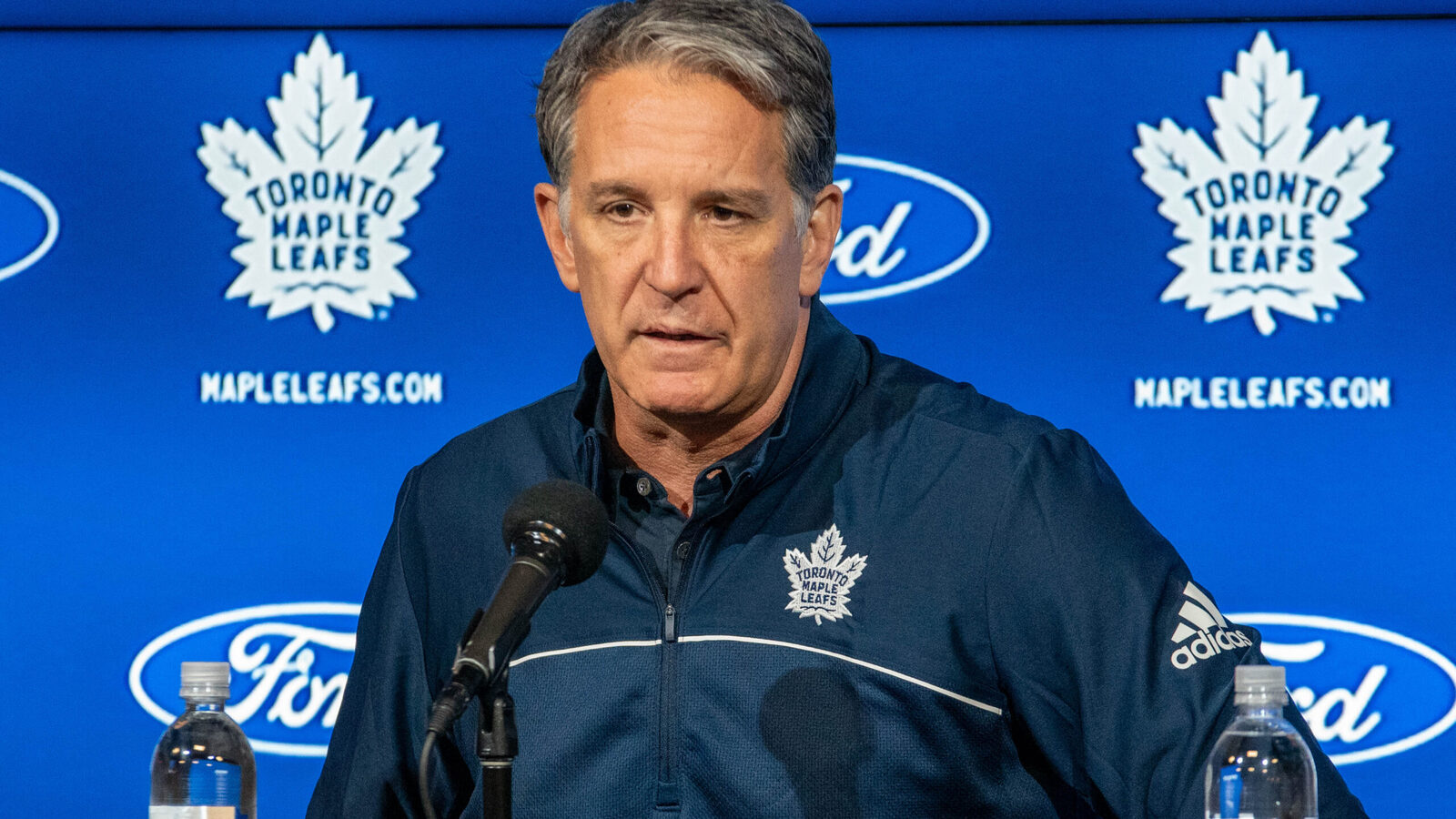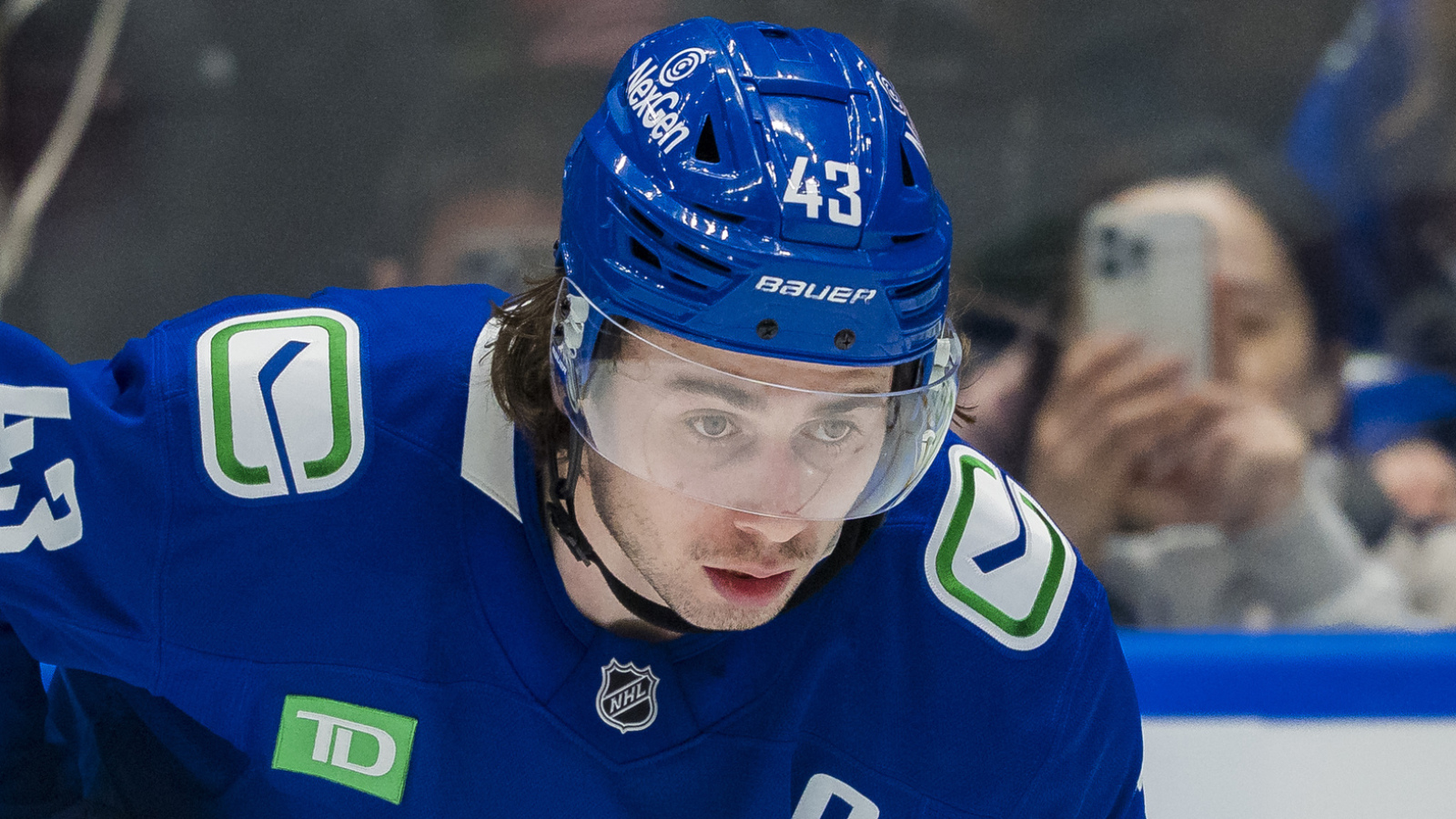
Brendan Shanahan’s first season as President of Hockey Operations for the Toronto Maple Leafs was Phil Kessel’s last with the organization. He led the team with 25 goals and 61 points last season. Peter Horachek was their head coach by the end of the season, and the goaltending tandem of Jonathan Bernier and James Reimer was causing a civil war within the fanbase. The Leafs finished the season 30-44-8, putting them in position to select Mitch Marner fourth overall in the upcoming draft, and nobody knew that the Leafs would select Auston Matthews first overall the following year.
That’s how long it’s been. And during that time, the Leafs have won a grand total of two playoff series. Not in the same season, either.
In that time, the Leafs have had five different head coaches (three if you don’t count Horachek and Randy Carlyle in 2014-15), three different general managers, a revolving door of assistant coaches and scouts, and a different supporting cast every year. The only constants in that 11-year period were Shanahan and the core four of Matthews, Marner, William Nylander, and John Tavares. Following a second-round elimination that featured a pair of 6-1 losses in Games 5 and 7 at home, and with Marner and Tavares both needing new contracts this summer, there’s a sense that the Leafs will be breaking up the core four for the first time in nine years. Whether or not they come back with the same core, it’s time for a change in the front office, and not in the general manager’s role.
When Shanahan joined the organization, the Leafs had just wrapped up another classic 18-wheeler experience, losing eight straight games in March to plummet themselves out of a playoff spot the year after they returned to the postseason after a nine-year slump. The Leafs had been poorly managed for the decade leading up to that season, routinely avoiding a proper rebuild out of fear that ticket sales would plummet. They parted with draft capital and prospects more than they could afford to, in an effort to bring in NHL-ready players such as Kessel and Dion Phaneuf, but it blew up in their faces. The end result was a scoring winger in Kessel anchoring an offence without a true number-one centre, a solid defenceman in Phaneuf playing the minutes reserved for top-end, elite blueliners, and a goaltending situation that was never properly addressed.
But Shanahan had a vision from the start of his time with the Maple Leafs. The selection of William Nylander at the 2014 NHL Draft arguably kickstarted this new vision, given the fact that the Leafs had always been known to go for size and strength in the draft over skill (they selected 6-foot-5 Frederik Gauthier in 2013 and 6-foot-2 Tyler Biggs in 2012, neither of whom turned into anything for Toronto). He officially green-lit a rebuild after the 2014-15 season, finally allowing the Leafs to abandon the plan they had been trying to implement for years and start things from scratch. They picked Mitch Marner fourth overall at the 2015 NHL Draft, with assistant general manager Kyle Dubas and then-director of player personnel Mark Hunter tag-teaming the draft and operating from a ‘best player available’ mindset. Then, after hiring the hottest name on the market in Mike Babcock and finishing last in the league in 2015-16, they won the draft lottery and used the top pick to bring in their number-one centre of the future in Auston Matthews. At last, the vision was in full effect.
We don’t need to do a full rundown on what’s happened since then. While 2016-17 inspired a ton of hope for the fanbase, with a return to the playoffs and a pair of exciting playoff overtime-winners despite losing to the favoured Washington Capitals, they never made any meaningful progress in the eight years that followed. It’s true that they were probably outmatched in 2017-18 and 2018-19 against the Boston Bruins, but losing to the Columbus Blue Jackets in the play-in round of the 2020 playoff bubble and choking a 3-1 series lead to the sub-.500 Montreal Canadiens in 2020-21 rendered the ‘tough opponent’ narrative effectively meaningless. Despite these two losses, the core forwards remained safe, and the team was given another shot to run it back.
They lost in seven games to the Tampa Bay Lightning in 2021-22, and nobody took the fall. They finally won a playoff round in 2022-23, defeating the Lightning, before losing in the second round to the Florida Panthers in five games. Then-general manager Kyle Dubas took the fall this time, and Shanahan went as far as to call the team’s core players and let them know that they were safe from any changes, further reinstating his belief in them. After a first-round loss to the Bruins in 2023-24, then-head coach Sheldon Keefe took the fall.
2024-25 brought a new feeling to the organization, the second of Brad Treliving’s tenure as general manager and the first with Treliving’s hand-picked coach in Craig Berube behind the bench, and there actually was a different vibe behind the team. They tightened up their defensive game and learned to play low-event hockey, and on paper, defeating the Ottawa Senators in six games and taking the defending Cup-champion Panthers to seven games in the second round should be seen as a successful season. But as it always goes, it’s not the way they lost, it’s how they lost. They had a 2-0 lead on the Panthers and a 3-1 lead in Game 3 before losing three-straight games, scraping out a Game 6 win before losing a Game 7 that they might as well not have shown up to the rink for.
If Shanahan can be credited for anything, it’s the fact that his tenure brought exciting regular-season hockey back to Toronto. Matthews has scored 60 goals on two separate occasions, Marner has routinely been a 100-point pace player, while John Tavares and William Nylander would be the top two forwards on a lot of other teams. But, regular-season success was never the end goal for a market like Toronto. Could you imagine a franchise like the New York Yankees being content with a good regular season? Or any team LeBron James plays for? If the goal was just to have a good regular season each year, it would directly contradict Maple Leafs Sports and Entertainment CEO Keith Pelley’s statement from last year’s season-ending press conference about how they’re not just there to sell jerseys.
Throughout this entire past decade, Shanahan’s job has been the only one to survive in the team’s brass. Pelley threw his support behind Shanahan last season, which is not surprising considering he had just stepped into the role. His contract is up now, and if the Maple Leafs are serious about change going forward, it has to start at the top, with the man who oversaw what now seems to be a waste of a decade.


